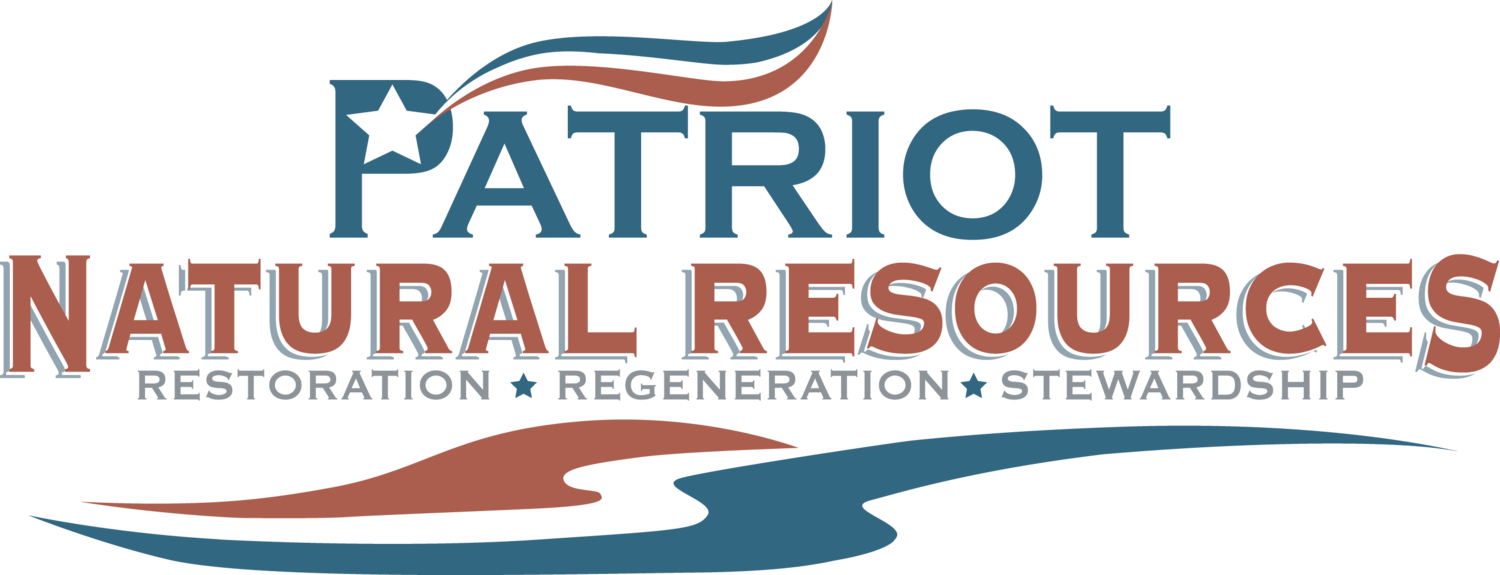Creating Edge Habitat: Enhancing Your Property for Wildlife
What is Edge Habitat?
Edge habitat is the transitional area where two different ecosystems meet, such as a forest bordering a meadow or a wetland adjacent to a field. These zones are some of the most productive and diverse habitats in nature, offering a mix of resources that support a wide range of wildlife species.
For property owners in Maryland, the Chesapeake Bay Watershed, and similar regions, creating and managing edge habitat is a practical and impactful way to enhance biodiversity, attract wildlife, and contribute to environmental stewardship.
Why Edge Habitat is Important
1. Diversity of Resources:
Edge habitats provide a combination of food, cover, and breeding sites that appeal to many species, from birds and mammals to insects and amphibians.
2. Attraction for Wildlife:
Many species thrive in edges because they offer access to both open areas and shelter, making them ideal for feeding, nesting, and raising young.
3. Support for Pollinators:
Native plants in edge habitats attract pollinators, which are vital for maintaining ecosystems and agricultural productivity.
4. Increased Biodiversity:
By blending two habitats, edge zones often support more species than the ecosystems they separate.
5. Natural Transition Zones:
Edges reduce abrupt changes in habitat, creating a smoother transition that benefits species sensitive to disturbance.
Steps to Create Edge Habitat
1. Identify Existing Edges:
Look for areas on your property where different ecosystems meet, such as forest edges, field borders, or pond margins. These are natural starting points for enhancing edge habitat.
2. Expand the Transition Zone:
Create a gradual transition between ecosystems by planting native shrubs, grasses, and flowers that blend the characteristics of both habitats.
3. Incorporate Native Vegetation:
Choose plants that provide year-round resources for wildlife. For Maryland, options include:
• Trees: Red cedar, dogwood, serviceberry
• Shrubs: Viburnum, elderberry, sumac
• Grasses and Flowers: Little bluestem, goldenrod, milkweed
4. Add Layers of Vegetation:
Wildlife thrives in areas with diverse vegetation layers. Include ground cover, low shrubs, and taller trees to provide a variety of habitats.
5. Leave Some Natural Features:
Allow brush piles, fallen logs, and tall grasses to remain in the edge zone. These provide shelter and nesting sites for birds, small mammals, and insects.
6. Manage for Diversity:
Avoid creating monocultures by planting a variety of species. Diverse edge habitats support more wildlife and are more resilient to pests and diseases.
7. Maintain Over Time:
Edges require occasional management to prevent encroachment by invasive species or overgrowth. Periodic mowing, selective cutting, or prescribed burns can help maintain habitat quality.
Wildlife That Benefits from Edge Habitat
Edge habitats attract a wide array of species, including:
• Birds: Wild turkeys, quail, and songbirds like robins and warblers.
• Mammals: White-tailed deer, rabbits, and foxes.
• Insects: Butterflies, bees, and other pollinators.
• Reptiles and Amphibians: Turtles, frogs, and snakes that thrive in mixed environments.
The variety of resources available in edge zones makes them especially important for species that require different habitats at different life stages.
Edge Habitat in Maryland
In Maryland and the Chesapeake Bay Watershed, edge habitats are particularly valuable for:
• Migratory Birds: Providing stopover points for rest and refueling during migration.
• Pollinators: Supporting native bee and butterfly populations critical to local ecosystems.
• Game Species: Enhancing habitat for deer, turkey, and other wildlife popular with hunters.
• Water Quality: Filtering runoff before it reaches waterways, protecting the health of the Chesapeake Bay.
How Patriot Natural Resources Can Help
At Patriot Natural Resources, we specialize in designing and managing edge habitats tailored to your property’s goals. Our services include:
• Site Assessments: Identifying opportunities to create or enhance edge habitat.
• Planting Plans: Selecting and installing native vegetation to support wildlife.
• Management Strategies: Providing guidance for maintaining habitat quality over time.
• Monitoring and Maintenance: Helping you evaluate the success of your edge habitat and adjust as needed.
With our expertise, you can transform your property into a thriving haven for wildlife while contributing to sustainable land stewardship.
A Habitat Solution That Benefits All
Creating edge habitat is one of the most effective ways to support biodiversity, attract wildlife, and enhance the natural beauty of your property. By making small, intentional changes, you can create a lasting impact for your land and the wildlife that depend on it.
Contact Patriot Natural Resources today to learn how we can help you design and manage edge habitats that align with your goals and benefit the environment.

